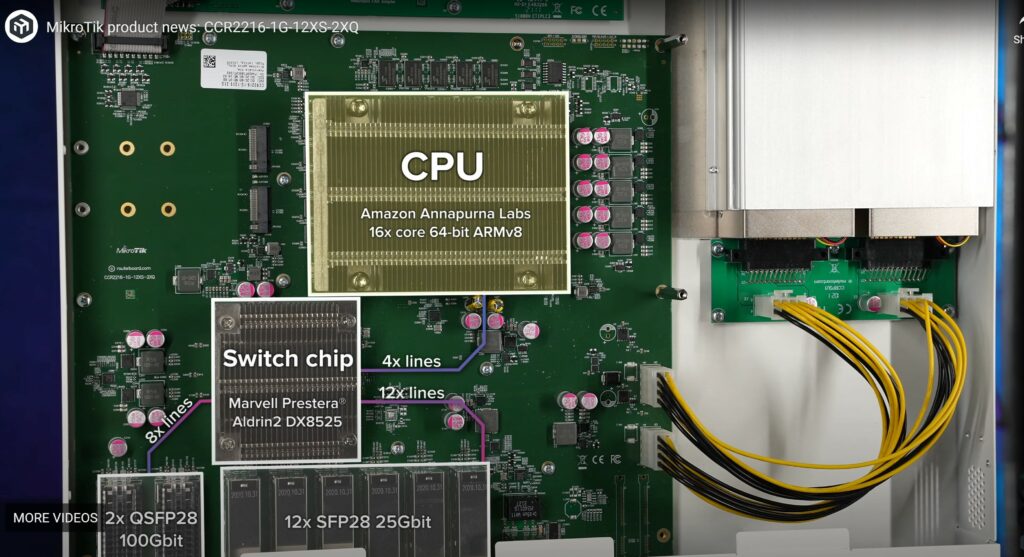We knew it was coming when MikroTik announced the end of production for Tilera chips back in the fall of 2022, but recently (looks like it was last week), MikroTik moved almost all of the CCR1K series (CCR1009, CCR1016, CCR1036) to discontinued officially on the website.
The only CCR1K series that are still listed for sale are:
CCR1009-7G-1C-1S+
CCR1016-12S-1S+
CCR1072-1G-8S+
This likely indicates low or no stock to replenish distributors for the discontinued models, so the CCR1K market is going to get even tighter. Expect the three models still listed to go discontinued in the next 60 to 90 days if not sooner.
It’s a bit of a double-edged sword as operators that haven’t made the jump to ROSv7 will quickly get forced into CCR2K models that only support ROSv7 and while MikroTik has done an awesome job of closing the gap, there is still some work to achieve feature parity with ROSv6.
That said, the upside is that the massive rush to CCR2K that has been happening will help to refine ROSv7 with more bug fixes and improved stability due to the larger user base running it and reporting bugs.
CCR2K series
A worthy line of successors
Luckily we’ve seen rapid development on ROSv7 and the CCR2k line which is arm64 based with several models offering L3 hardware offload using Marvell Prestera chips.
arm64
MikroTik has introduced several arm64 chips with the introduction of the CCR2k line. most notably, chips from annapurna labs which is owned by Amazon.
The CCR2116/CCR2216 models are outfitted with a 16 core Annapurna CPU that can move up to 200 Gbps of traffic.

Marvell Prestera
The Marvell series of ASICs has been incredibly successful for MikroTik and other vendors at providing a rich feature set for L2/L3 while maintaining a relatively low price point.
ROSv7
ROSv7 has been on fire this year (in a good way) as far as development is concerned and releases are coming in a timely manner with significant work put into each one fixing bugs. By the end of the year we’ll likely see a long-term release and ROSv6 start to wane in popularity.
New hardware
Tilera created some issues in what MikroTik was able to accomplish because it never became more than a niche CPU architecture. So form factors were limited to what Tilera was able to handle.
Now that arm64 & marvell form the base of CPU/ASIC architecture for MikroTik, the possibilities are broader and there are more hardware platforms on the way.

 +1 (855) 645-7684
+1 (855) 645-7684